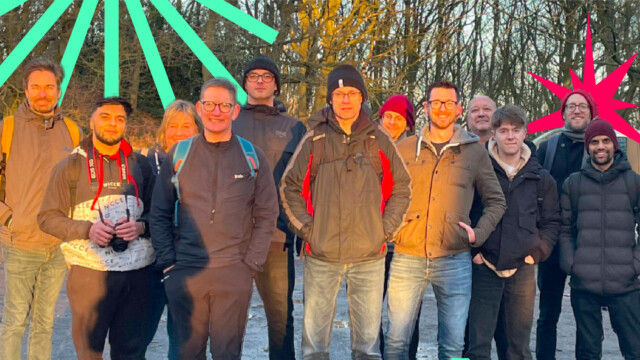Our pledge to website accessibility standards…
It’s our policy at Cite to design websites that comply with W3C’s Web Accessibility Initiative (WAI) standards so with this in mind we have devised the following pledge of accessibility standards:
Cite will endevour to make all content on our websites directly accessible to the widest possible audience, providing alternative methods to access content where this is not achievable
We will create clear and logical, w3c validated, CSS layouts using full semantic mark up, relative font sizes and color as a secondary method of conveying importance, that retain their usefulness even with reduced functionality.
Images, video and other media
Cite will always provide a text (or audio) alternative to any important media that cannot be made reasonably accessible to all users including:
- images (alt text)
- graphical representations of text (including symbols)
- image map regions
- animations (e.g., animated GIFs)
- applets and programmatic objects
- ASCII art
- graphical buttons
- sounds and music (played with or without user interaction)
- audio tracks of video
- video
- Colour
Cite will always take reasonable steps to ensure that colour is used to enhance a web page and that content provides a sufficient contrast to be clearly viewable.
Where ever possible we will provide designs which take into account colour blindness and are still viewable in black and white.
Code use
Cite will always use appropriate (accessible) mark up to produce our web pages including;
- use CSS for page layout and styling
- use relative font-sizes to allow users to resize text
- use of lists for primary navigation, forms, collections of links and other logical groupings
- never use mark up for its presentational properties
- Language
Cite will always advise it’s clients to use plain and simple English, providing explanations for technical terms where this is not possible.
We will identify the primary [natural] language of the web page and expand abbreviations and acronyms [the first time they appear on a page] using appropriate mark up.
Compatibility
Cite will always provide pages that remain functional with no CSS applied.
We will provide pages that remain functional when plugins and certain content is unavailable or turned off; and we shall ensure dynamic content is accessible and that any alternatives provided remain up to date.
Technologies
Cite will always endevour to make interfaces, applets and scripts as compatible as we can with assistive technologies:
- Provide keyboard shortcuts where appropriate
- Avoid empty characters in navigation (until such time user agents develope to cope with them)
- Not open new windows (pop up/under) without informing the user
- Use the latest w3c standards and technologies where support allows
- Avoid the use of frames
Navigation and context
Divide large chunks of information into appropriate manageable sections
- Clearly label all controls
- Use consistent navigation across pages
- Provide and sitemap or content to describe the general layout of the site
- Clearly identify the target of links with meaningful link text and/or labeling
- Include relevant meta data
- Provide a logical layout that remains consistent throughout the site




